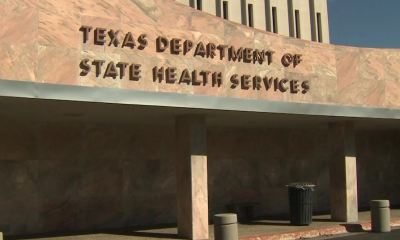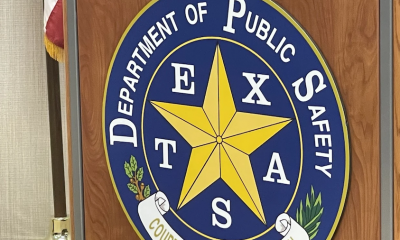Texas
The post-pandemic plight of Texas schoolteachers: a bad situation made worse
TX – You probably missed it, but last week was Teacher Appreciation Week. One statewide funding initiative, #TeachersCan, raised nearly $1 million to help Texas teachers with classroom supplies, too often purchased by teachers out of their own modest earnings.
It’s nice that public school teachers charged with educating the state’s 5.5 million students enjoy a single workweek – May 3-7 this year – honoring their talents and dedication, but it’s the lack of focus by the state’s top elected leaders the other 51 weeks of the year that leaves many teachers questioning their calling and commitment to the profession.
Last week I wrote about the imminent opening of the Holdsworth Center in Austin, which will focus on improving the quality of school leaders, from superintendents to principals. I’ve also spent the last few weeks talking to a range of teachers as vaccinations allow the gradual opening of school campuses and in-classroom instruction.
In April, I also wrote about my opposition to the teachers union succeeding in electing its slate of school board candidates in the San Antonio Independent School District. That concern about union-backed candidates controlling a school board doesn’t mean I am not concerned about the state of the teaching profession in Texas.
For too long, Texas teachers have been underpaid, overworked, placed in classrooms with too many students, and forced by state law to “teach to the test,” rather than focus on more holistic methods of learning.
Pandemic relief efforts by the federal government have funneled billions of dollars into Texas, earmarked for public schools. Gov. Greg Abbott and other state officials had until recently blocked the flow of those funds to the schools. Widespread protest over the withheld funds apparently led them to release $11.2 billion of the $17.9 billion approved in the last two stimulus bills. Funds from the first stimulus bill never reached the schools. The state simply substituted the federal funds for state school funding; in other words, supplemental federal funding intended as pandemic relief was instead used the balance the state’s books.
That leaves $6.7 billion still on the table, although state officials will have to raise higher education spending to pre-pandemic levels in order to qualify for all the funds.
My fear now is that too little of the $11.2 billion will go directly to teachers to compensate them for the stress and added work of teaching simultaneously in the classroom and remotely and, in the process, working unsustainably long hours. New duties included communication with technology-challenged parents of remote learning students, helping to track absentee students, crafting new lesson plans designed for remote learning, and other challenges.










